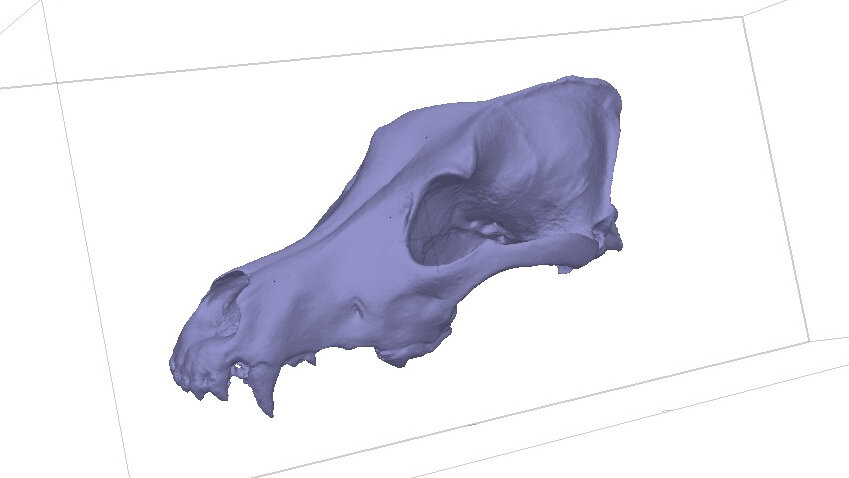Home / Science / Ancient Dogs Came in Diverse Shapes and Sizes, Study Finds
Ancient Dogs Came in Diverse Shapes and Sizes, Study Finds
14 Nov
Summary
- Half of modern dog diversity existed 10,000 years ago
- Oldest distinctly dog-like skull dates back 11,000 years
- Ancient dogs may have accompanied humans on migrations

According to a study published in Science on November 10, 2025, the staggering diversity of modern dog breeds can be traced back much further than the Victorian era. The research, led by bioarchaeologists Carly Ameen and Allowen Evin, analyzed the skulls of over 600 canids, including modern dogs, wolves, and archaeological specimens from the last 50,000 years.
The findings reveal that by around 10,000 years ago, half of the variation seen in today's dog population was already present. This challenges the prevailing narrative that the Victorian era was the primary driver of canine diversity, as dog fanciers created a wide range of standardized breeds during that time.
The study also determined that the oldest distinctly dog-like skull dates back approximately 11,000 years, suggesting that the domestication of wolves into dogs occurred much earlier than previously thought. Older specimens, including some that were previously proposed as early dogs, were found to resemble wolves more than modern canines.
Furthermore, the research indicates that ancient dogs often accompanied humans on their migrations, with different human societies adopting distinct breeding strategies to meet their survival and production needs. This suggests that the increase in dog diversity coincided with a period of significant human movement and settlement across the globe.




